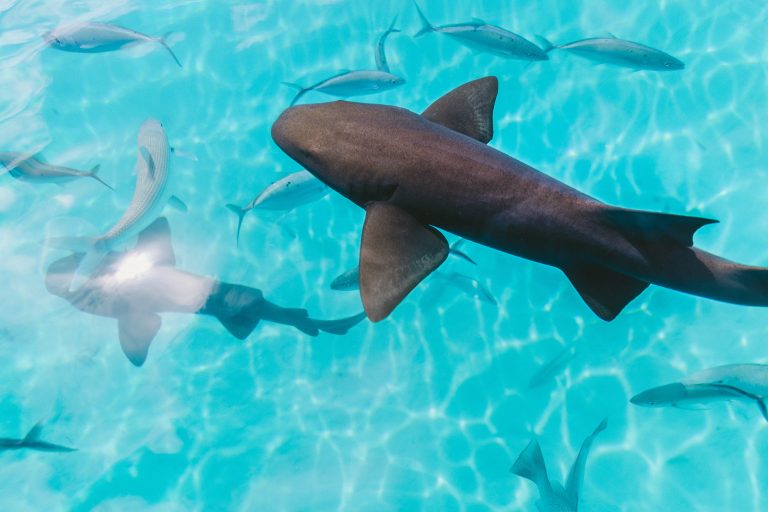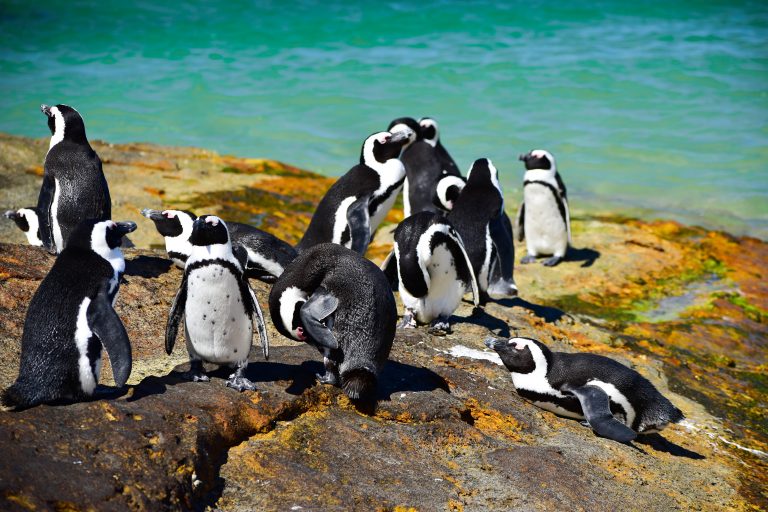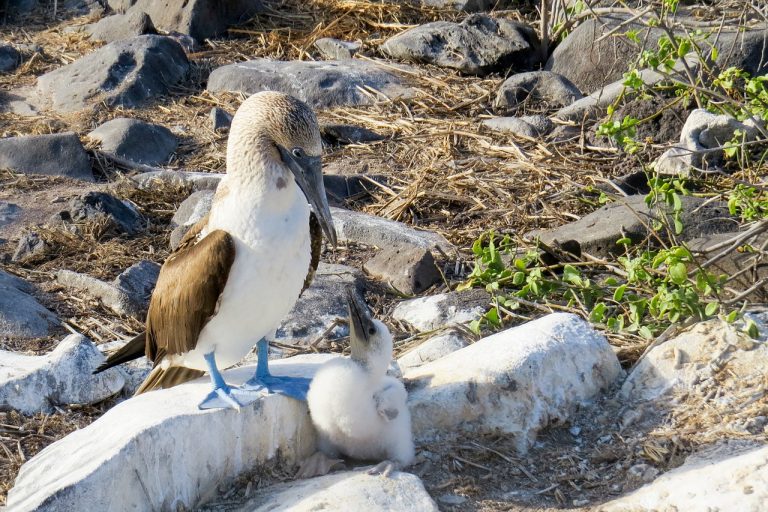20 Tips to Responsibly Watch Sea Turtles Nesting
Visiting and observing sea turtles while they are nesting on the beach is exciting and memorable. As exciting as the adventure is, it is important to show compassion and be respectful during the expectant mother’s journey to the nesting site. Nesting sea turtles face several obstacles when coming to shore to lay their precious eggs. Nosy humans can disrupt the process.
It is important to not become unintentionally part of a growing problem facing nesting sea turtles that are deterred from laying their eggs by loud noises and bright lights. These expectant mothers are very sensitive to disturbance and too much human interaction. As it stands, scientific estimates indicate that only 1 out of every 1,000 to 10,000 baby hatchlings will survive to become an adult sea turtle.
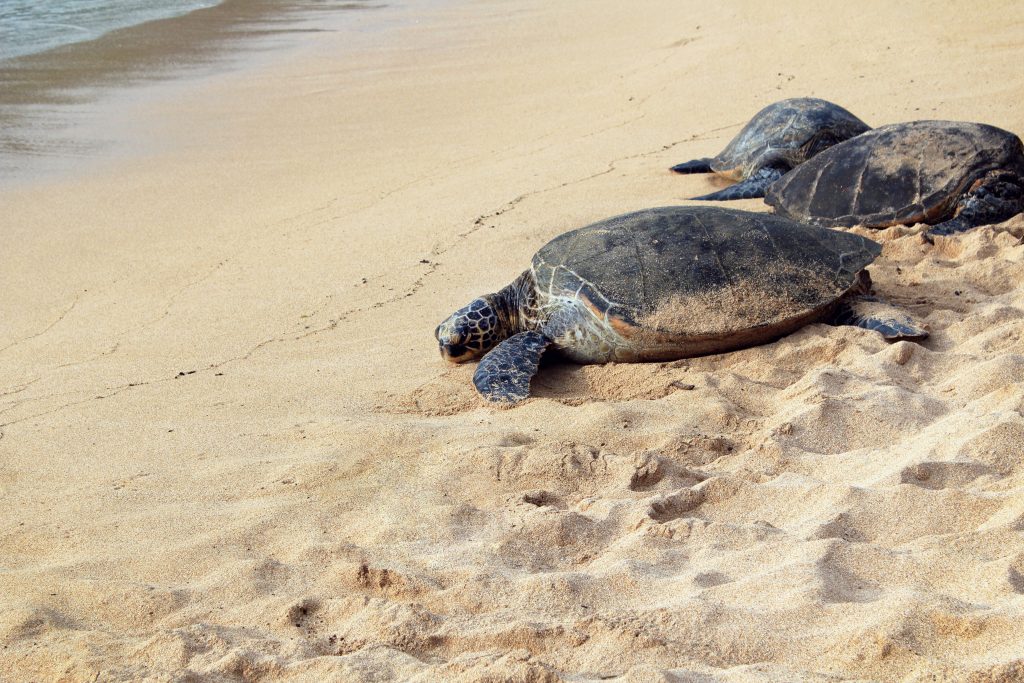
We listed some tips for responsible sea turtle watching. Some of these tips you may already be familiar with and others you may have not thought about.
- When possible, go with a trained professional guide, they are experienced and can proceed to the nesting site carefully to avoid any stress for the expectant mothers.
- Move quietly and slowly as nesting sea turtles prefer a nesting beach that is quiet and dark.
- Do not feed the nesting sea turtles.
- Do not smoke while there are turtles on the beach.
- Avoid flash photography.
- Do not use a flashlight or torch or start bonfires or campfires while near nesting beaches. Campfires can bake and kill nests beneath them, and the flames of the campfires can scare and disorient the turtles and hatchlings.
- Use a flashlight with a red filter and avoid shining any light in the turtle’s eyes.
- Do not use fireworks on the beach. The loud noises and bright lights are disruptive.
- Do not leave beachfront outdoor lights on at night during nesting season.
- Do not litter. Take all garbage home. Garbage left behind can trap hatchlings and prevent them from reaching the ocean. Turtles at sea can choke or suffocate when they mistake floating plastic bags for jellyfish.
- Do not leave any leftover foods. Leftover foods attract dogs, cats, and any number of wildlife animals such as raccoons, possums, foxes, coyotes, etc. In Florida, raccoons destroy thousands of sea turtle eggs each year and are one of the worst threats to sea turtle eggs.
- Do not bring your pets to the nesting beach. Dogs sometimes dig up nests, eat eggs, and hatchlings.
- Do not approach the nesting sea turtles as they come to shore, they are easily frightened. Always maintain a respectful distance and stay behind the nesting sea turtle and away from her head.
- Do not corner a sea turtle by standing directly in front of her or around her. Move away if the nesting sea turtle shows any sign of distress. Leave a wide perimeter of space as she returns to the ocean.
- Do not crowd the sea turtle as she covers the nest and returns to sea. Limit your viewing time.
- Do not touch the turtles or their eggs.
- Do not stake umbrellas or other objects on nesting beaches. Nests may not always be obvious.
- Sandcastles on nesting beaches should be torn down and remain below the watermark to avoid disturbing or destroying any eggs.
- Do not touch, chase or harass nesting turtles or hatchlings.
- Never drive on nesting beaches. Vehicles can crush entire nests of eggs beneath the sand.
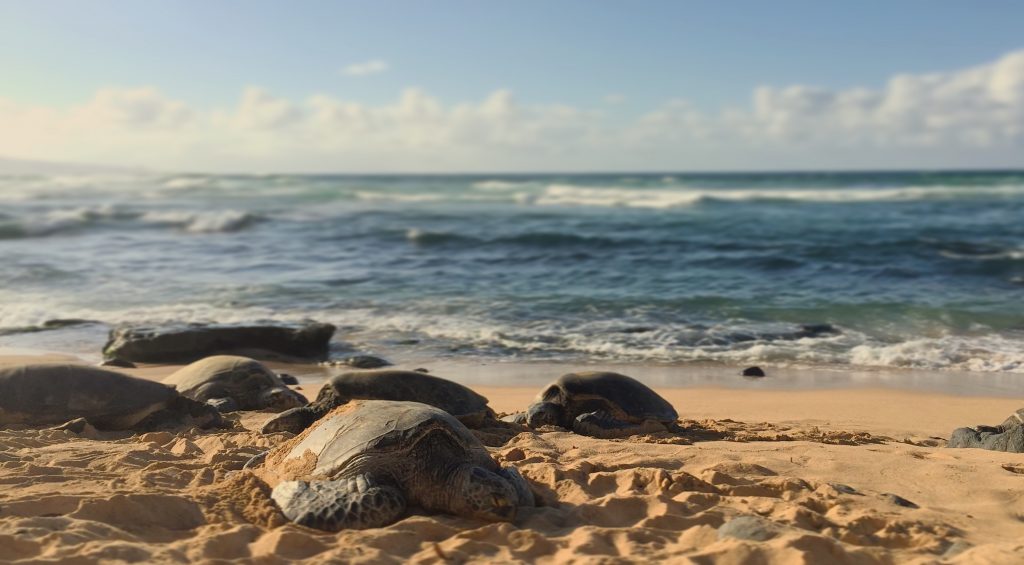
These are our tips for responsible sea turtle watching. We hope we gave you something to think about. If you have any questions or comments, feel free to reach out to us in the comments below. We always are ready to help!

